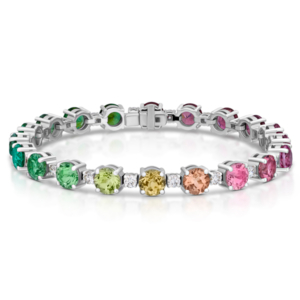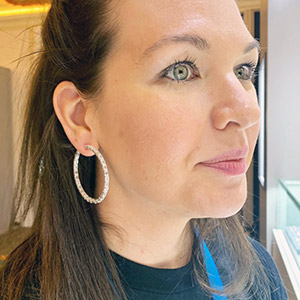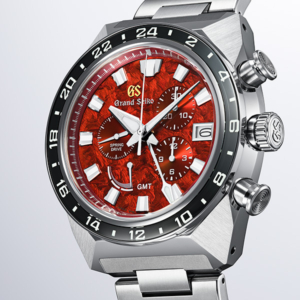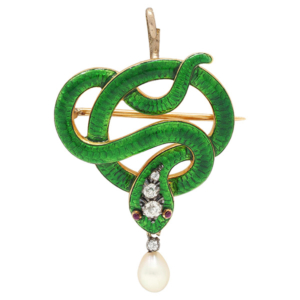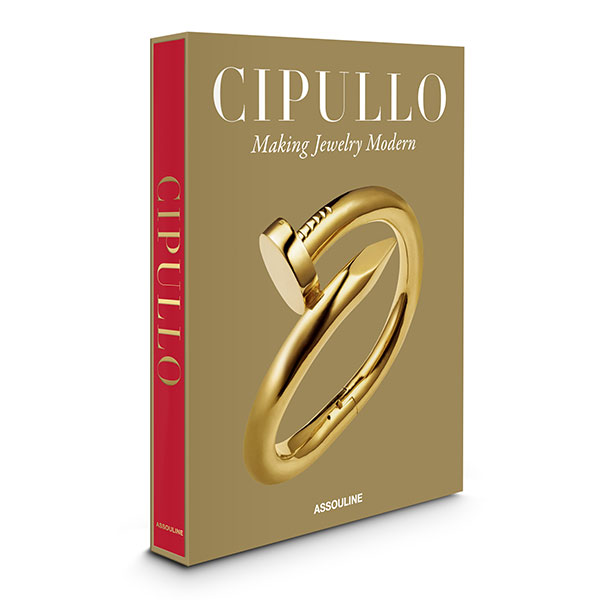
Beyond the ubiquitous Cartier Love bracelet, that is, which remains highly coveted, and well-represented on some of the most famous wrists in the world. Designed by the late Italian jeweler Aldo Cipullo in 1969 to reverberating acclaim, its history and importance is of course well-chronicled in Assouline’s recently released monograph Cipullo: Making Jewelry Modern.
But as readers will discover, there was so much more to Cipullo and his impressive body of work, and Cipullo covers it all. Written with a foreword by the late designer’s brother Renato Cipullo (a designer in his own right) and noted jewelry author and historian Vivienne Becker, the book salutes the designer’s life and career path in compelling detail, from bracelets to boogying at Studio 54.
Born in Naples in 1935, Cipullo grew to be a sought-after jeweler in Italy before moving to New York in 1960 to work for David Webb, and then Tiffany & Co., where his unique design vocabulary began to emerge.
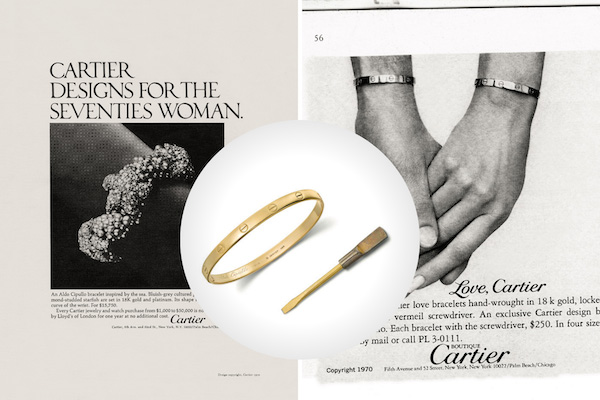
In 1969 Cipullo moved to Cartier, where he introduced the Love bracelet and the Nail collection (aka Juste un clou), which was inspired by 1970s-era New York City (side note: for a glimpse of that time period, watch the Bee Gees documentary on HBO).
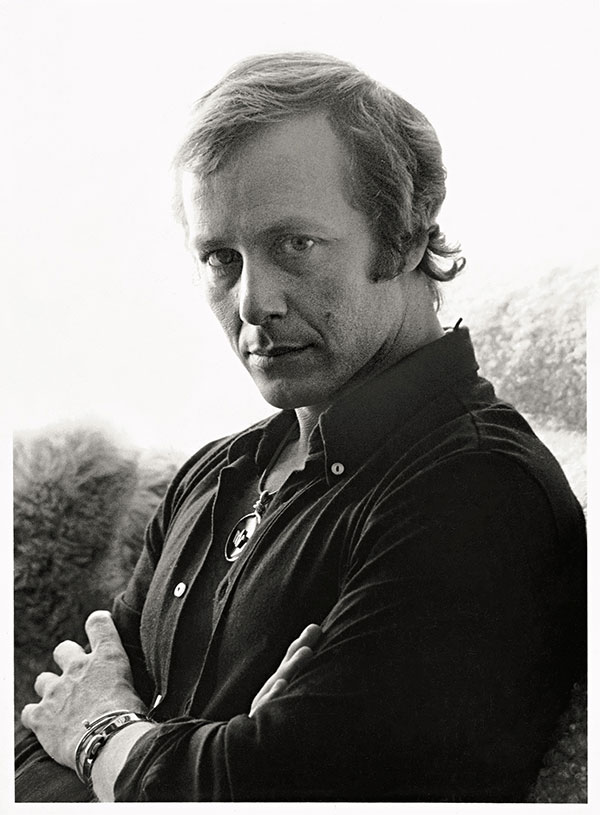
Cipullo struck out on his own in 1974, and in 1978, the American Gem Society commissioned him to create a collection featuring stones mined in America, such as turquoise from Arizona, diamonds from Arkansas, and sapphires from Montana (these pieces are now part of the Smithsonian Institution’s collection).
“Aldo valued family and his heritage, he embraced America, but never forgot his roots and upbringing. He even made a point to tell me it was important to dress immacolatamente Italiano, immaculately Italian,” remembers Renato in the foreword. “He was not only my brother but one of the most caring and genuine individuals I have ever known. He was very prolific, going from one style to another, with the talent to spontaneously draw and create something instantly.”
Although Cipullo sadly passed away in 1984 at the young age of 42, his legacy lives on in his jewelry. Now more so than ever.
Since the book’s publication late last month, interest in Aldo Cipullo jewelry designs has increased among longtime collectors and the newly initiated alike. Last week, it prompted New York–based antique and estate jewelry dealer Camilla Dietz Bergeron to curate this 1970s-themed assortment featuring a handful of Cipullo works on its website. Renato Cipullo is a friend of the firm and gave a talk about his brother during NYC Jewelry Week in 2019.
“Renato has worked tirelessly for years to make sure that the book was published, as well as keeping his brother’s legacy alive, and the fact that he is able to see this come to life makes me so happy,” says Gus Davis, president of Camilla Dietz Bergeron. “I think it is important to mention that if it were not for Renato, his brother’s work would have not received the recognition that it has and will receive.”
Davis believes there will be a significant increase in demand for Cipullo’s pieces and thinks that the designer’s work is undervalued in general. “But I never think one should grab something up because they think it will go up in value, rather you should buy something because you love it.”
Dana Kraus of DK Farnum Estate Jewelry in Litchfield County, Conn., recently added the book to her personal library and has already observed the proverbial needle moving. “We’ve always had interest in Cipullo’s work, but yes, since the book published, we’ve sold two of the Juste un clou bracelets,” she reports. “One was from the Seventies, with the double signature of both Cipullo and Cartier, which is more collectible.”
Clearly now’s a great time to embark on a Cipullo treasure hunt or surface any pieces that you already own for sale. In the meantime, the book is a worthy acquisition unto itself. Filled with 200 images of Aldo Cipullo’s work, plus family photos and anecdotes from the designer’s friends, there’s a lot to Love—and discover—in this definitive tribute to one of the most innovative talents of modern jewelry history.
Top: The cover of the book shows Just un clou (Just a Nail), another iconic Aldo Cipullo bangle design that originally debuted in the 1970s and was rereleased by Cartier in 2012. “There is such inner strength in its simplicity,” Cartier heritage director Pierre Rainero remarks in the book. (All images courtesy of Assouline)
Follow me on Instagram: @aelliott718
Follow JCK on Instagram: @jckmagazineFollow JCK on Twitter: @jckmagazine
Follow JCK on Facebook: @jckmagazine

